US pork exports for the first half of 2020 were 27.4 percent higher than a year ago due primarily to large shipments to China
Pork is the most widely consumed meat worldwide. The United States produced around 13.18 million metric tons in 2019 and it is the third country regarding pig production, which is lead by China. China produced around 34 million metric tons of pork in 2020 alone—nearly a million more than in the European Union. Therefore, nowadays […]
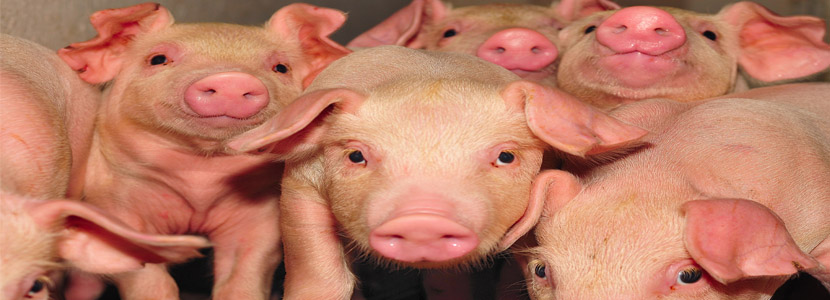
Pork is the most widely consumed meat worldwide. The United States produced around 13.18 million metric tons in 2019 and it is the third country regarding pig production, which is lead by China. China produced around 34 million metric tons of pork in 2020 alone—nearly a million more than in the European Union. Therefore, nowadays pork production costs are cheaper in US than in China. According to the USDA report of August 2020:
US pork exports for the first half of 2020 were 27.4 percent higher than a year ago due primarily to large shipments to China
In swine farming in the U.S., pigs are allowed to roam freely, raised in a homestead or bred within intensive commercial units in an industrial farm system. The states of Iowa and Minnesota are the leading producer of hogs in the U.S., especially the first one.
During 2020, COVID-19 has caused a decline in pork processing and hog farmers are still facing massive losses due to the pandemic. However, according to USDA, pig production is little by little approaching pre-COVID rates of capacity utilization: “Third-quarter pork production is trimmed back slightly to 7.2 billion pounds—7 percent above a year ago—as processors respond to moderate wholesale pork demand. June exports to China\Hong Kong more than offset significant reductions to most other large foreign buyers of U.S. pork. June pork exports were more than 3 percent higher than a year ago. Second-quarter exports were about 16 percent above a year ago”.
After COVID-19-related plant closures pressured utilization rates down to 78.3 percent in April and to 72 percent in May, the industry rebounded to 90.3 percent in June. The industry’s July capacity utilization suggests that most plants are approaching their pre-COVID rates.
U.S. is also facing animal health and improving welfare. Concentrated animal feeding operations (CAFO) in the U.S., using hogs and pigs, has continued to generate a lot of concerns public health and waste management concerns as well as elicit very strong criticisms from animal welfare activists.
Source:
www.agriculture.com
www.statista.com
Subscribe now to the technical pig magazine
AUTHORS

Bifet Gracia Farm & Nedap – Automated feeding in swine nurseries

The importance of Water on pig farms
Fernando Laguna Arán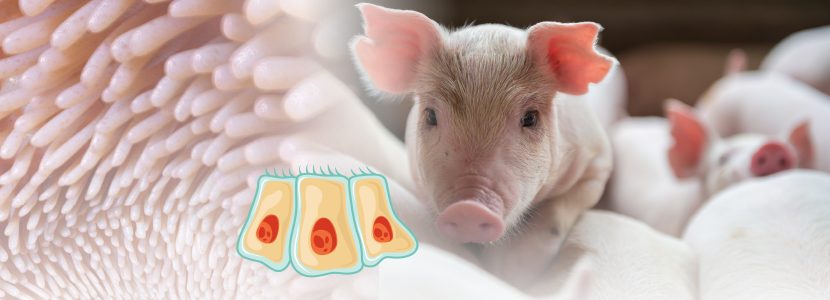
Microbiota & Intestinal Barrier Integrity – Keys to Piglet Health
Alberto Morillo Alujas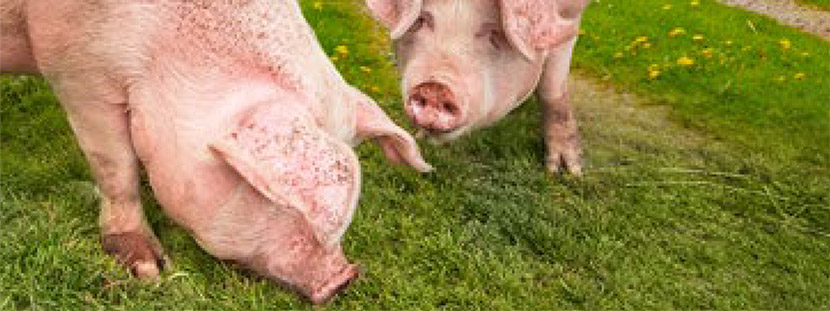
Impact of Reducing Antibiotic use, the Dutch experience
Ron Bergevoet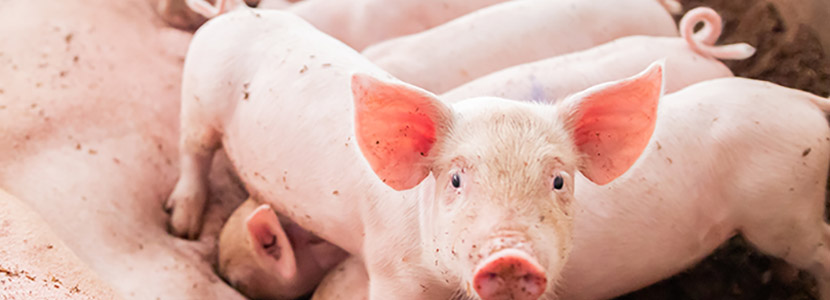
The keys to successful Lactation in hyperprolific sows
Mercedes Sebastián Lafuente
Addressing the challenge of Management in Transition
Víctor Fernández Segundo
Dealing with the rise of Swine Dysentery
Roberto M. C. Guedes
Actinobacillus pleuropneumoniae – What are we dealing with?
Marcelo Gottschalk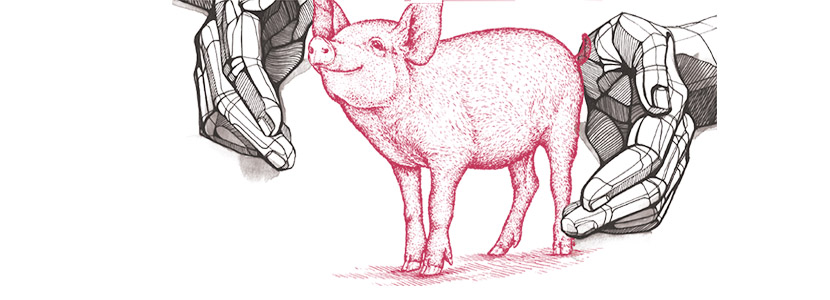
The new era of Animal Welfare in Pig Production – Are we ready?
Antonio Velarde
Gut health in piglets – What can we do to measure and improve it?
Alberto Morillo Alujas
Interview with Cristina Massot – Animal Health in Europe after April 2021
Cristina Massot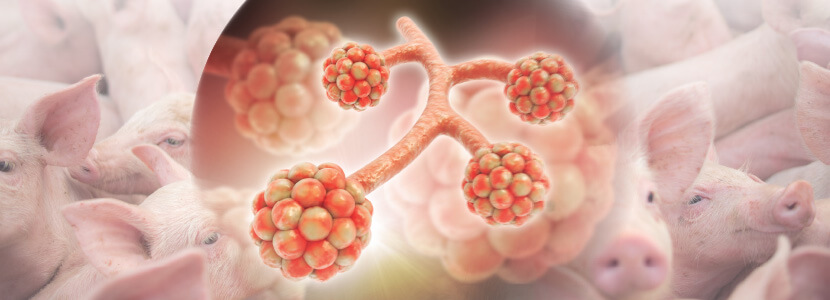
Differential diagnosis of respiratory processes in pigs
Desirée Martín Jurado Gema Chacón Pérez